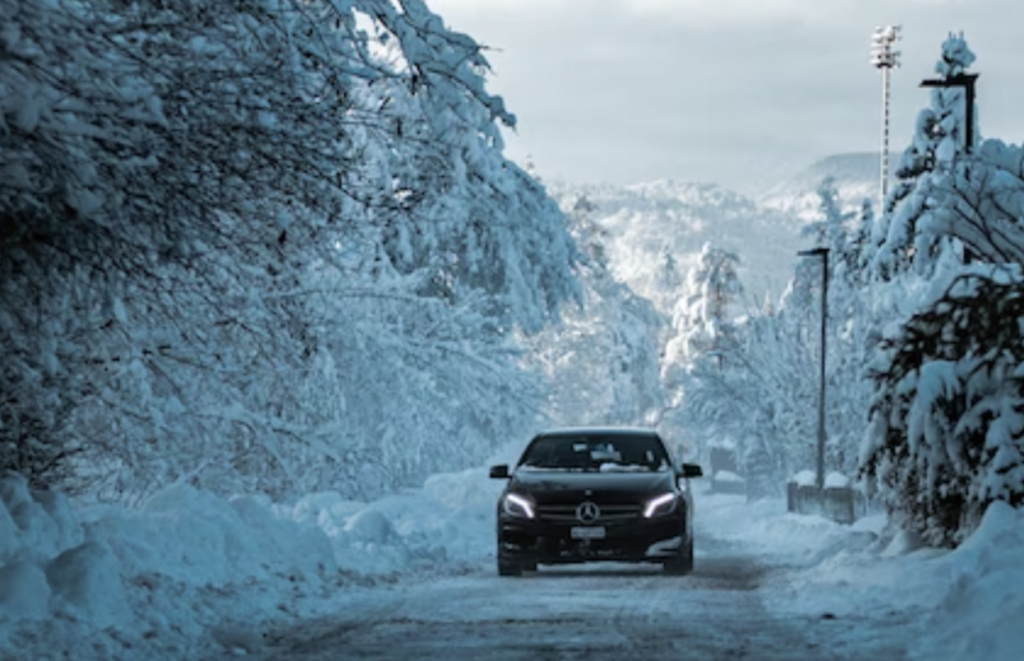How To Prepare For A Winter Driving Emergency

A cataclysmic winter storm swept over much of the United States last week. The storm’s effects were far-reaching and heavily impacted holiday travel, halted last-minute holiday package deliveries, caused countless to suffer power outages, and left at least 37 people dead. Many of the individuals who perished at the hands of the storm became stuck while driving, those tragedies serve to highlight the imperative need to be prepared for perilous winter driving emergencies.
One of the easiest precautions to take, according to NPR, to prepare yourself for any winter driving emergency is to ensure you have your car stocked with an assortment of supplies. Some key items to stock your car with include a first-aid kit, a flashlight, an extra phone charger, a shovel and an ice scraper in case digging yourself out is a viable option. Keeping water and non-perishable food items on hand is also a good idea.
Getting stuck in some perilous winter driving conditions without a way to keep warm could be perhaps the most-dire situation one could face. Avoiding hypothermia until help arrives is absolutely paramount in any winter driving emergency. Thankfully, there are precautionary measures to take that will serve to mitigate that risk should you ever become stuck.
One of the best things you can do to prepare for an unexpected winter driving emergency with the intent of lowering your risk of hypothermia is as simple as making sure that your vehicle has a full tank of gas before setting out on a winter driving excursion. The more gas you have should your vehicle get stuck, the better off you’ll be because you will be able to run the heat for a much longer period of time than if your vehicle had less fuel.
Virginia Senator Tim Kaine advised individuals to do what he did when faced with a winter driving scenario that could result in hypothermia. “I would run the engine, with the heater on full-blast to warm the car, then I would turn the engine off. Then I had to turn it back on, and I could, usually, with 10 minutes of running the engine, get about an hour of chilling in the car until I had to turn the engine back on,” described Kaine to NPR. Also, keeping some additional cold-weather clothing and blankets on hand is never a bad idea, either.
Being prepared for anything winter driving-related that may come your way is not only smart but can save your life in certain situations. But perhaps even more important than being prepared is to be aware of how to react if you find yourself in a precarious position. If you take away one thing from this article take away this: in almost every winter driving emergency it is better to stay in your car than to leave and go searching for help.
This is especially true if you are stranded in a remote area with no idea where you are. In that scenario, your vehicle is your lifeline – namely, it provides protection from the elements and is your only means of staying warm in deadly cold weather. Staying put in one place also gives emergency personnel a better chance of finding you.
Overall, however, the best thing you can do to keep yourself safe in a winter driving emergency is to stay home and not drive at all. No destination that you may be heading to is worth your life, and it will still be there once the storm subsides and travel once again becomes safer.











